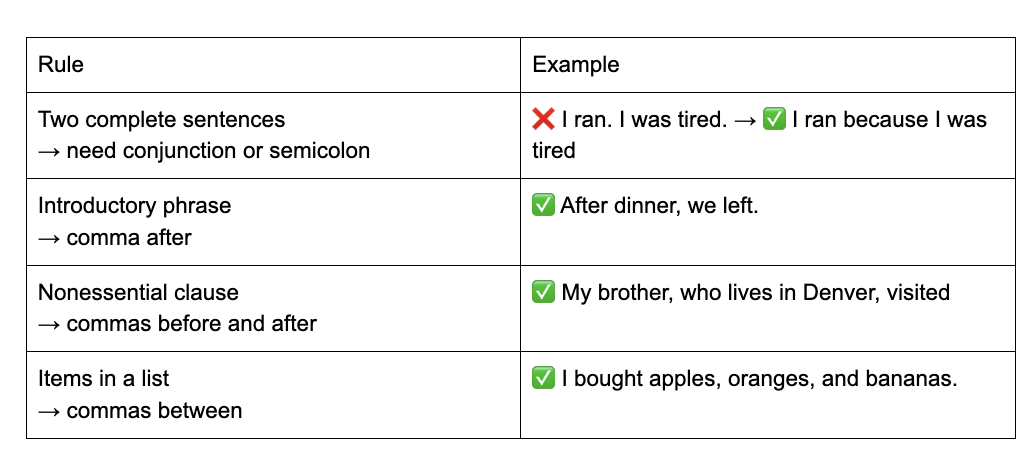Reading and Writing Section Tips for the PSAT/SAT
1/9
Earn XP
Description and Tags
Name | Mastery | Learn | Test | Matching | Spaced |
|---|
No study sessions yet.
10 Terms
Paired questions trick
If you see questions like:
1. The author implies that climate change policies have failed because...
2. Which choice provides the best evidence for the answer to the previous question?
Do #14 first.
Look at the answer choices since they quote lines from the text.
Read those lines.
Now go back to #13 with evidence in hand.
This flips the script. Instead of guessing, you’re using the test against itself.
Best evidence ≠ sounds right
The right answer must be directly supported by the text.
Watch out for:
✅ Correct fact, wrong context → ❌
✅ True statement, not in passage → ❌
✅ Answer that matches your opinion → ❌
✅ Boring, literal match to the text → ✅
Pro Tip: If two answers seem close, pick the one where the wording in the passage most closely matches the answer choice.
Tone words are traps
Questions will ask: “The author’s tone can best be described as…” with choices like:
skeptical
nostalgic
defiant
optimistic
Don’t guess based on one sentence. Ask:
“What’s the overall attitude across the whole passage?”
And remember:
SAT loves measured tones: thoughtful, cautious, analytical
Avoid extremes: angry, furious, ecstatic, outraged → usually wrong
Graphs and charts
On science/history passages, you’ll get a graph.
Your job:
Read the axes, title, and units
Find the trend: increasing? decreasing? no change?
Match the correct answer to the data, not your memory of science class
Wrong answers will say the opposite of the graph
Or claim causation when it’s only correlation
Concise answers
When in doubt, pick the shortest answer that keeps the original meaning.
SAT hates:
Redundancy (“each and every”)
Wordiness (“due to the fact that” → “because”)
Passive voice (“was given by” → “gave”)
✅ Clear, direct, simple = correct
Transitions are about logic, not fancy words
You’ll see:
However, Therefore, Furthermore, In contrast...
Ask: What’s the relationship between the sentences?
Same idea? → Furthermore, Also, Indeed
Opposite idea? → However, Nevertheless, On the other hand
Cause/effect? → Therefore, Thus, As a result
Pick the transition that logically connects the ideas — not the fanciest word.
Placement questions
They’ll give you a sentence and ask where it fits best.
Strategy:
Read the sentence
Plug it into each option
Does it connect ideas between the sentences around it?
Does it flow naturally?
The right spot will feel like it “clicks,” like it bridges two thoughts.
Pronouns and agreement
They → needs plural noun (not “a student”)
Each → singular → “he or she,” not “they”
Neither… nor → verb agrees with closest subject
Neither the teacher nor the students are late.
Comma rules
⚠ No comma splice: ❌ I love music, it relaxes me.
Fix: Use “because” or semicolon.

Biggest mistakes
